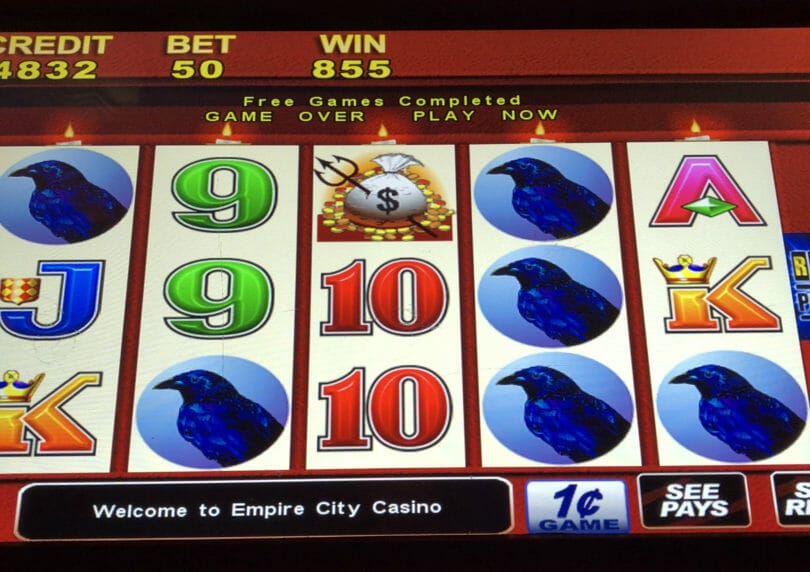Some slot players may look at the various reels on a machine and believe what they see is what they get – the odds of hitting a given symbol or lining up a certain combination is based on the frequency of the symbols on the reels.
The reality is it’s more complicated than that. While virtual reel slots (those with computer screens that could theoretically limitless reel sets) may and can be designed that way, physical reel slots have to deal with the limitations of space on a physical reel.
To get around this, a virtual reel strip is designed to provide a weighting system to how often each space on the reels will stop. Some spaces will be weighted with more chances to stop there, and others with less. This weighting is how the distribution of wins is ultimately calculated precisely to what the designer of the slot wishes to pay out.
The video below offers a great illustrative example of how this process works, and why it may be harder to get that high paying reel combination than it seems:
This weighting can also lead to design decisions such as having the first two bonus symbols appear more often than the third, for instance, or a high paying symbol being much more rare in a specific reel to reduce the frequency it pays. Slot design is complex, with a lot of mathematical work behind it.
As players the better we understand their design, the better we can protect ourselves from some of the psychological outcomes that come out of these design decisions, like our propensity to react to a near miss.








